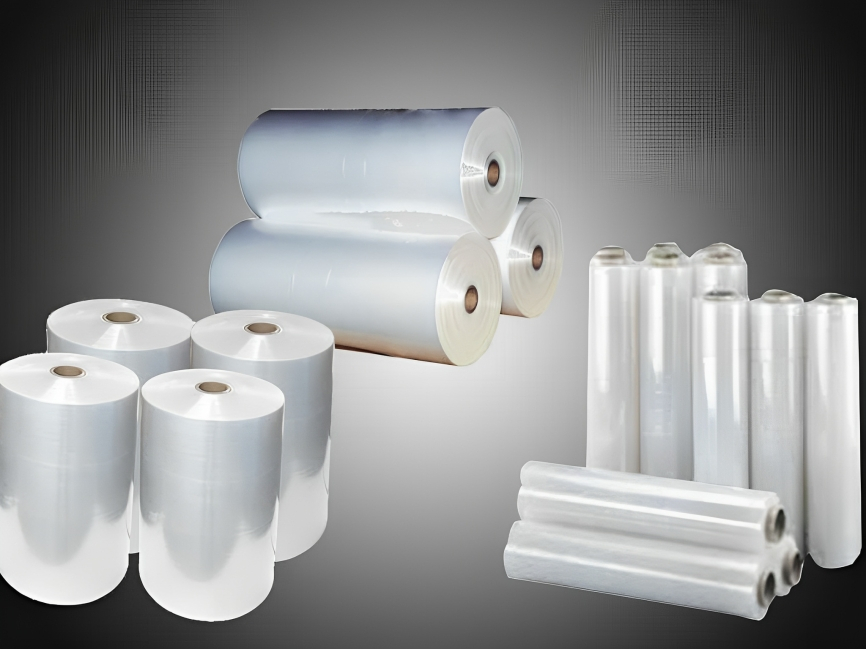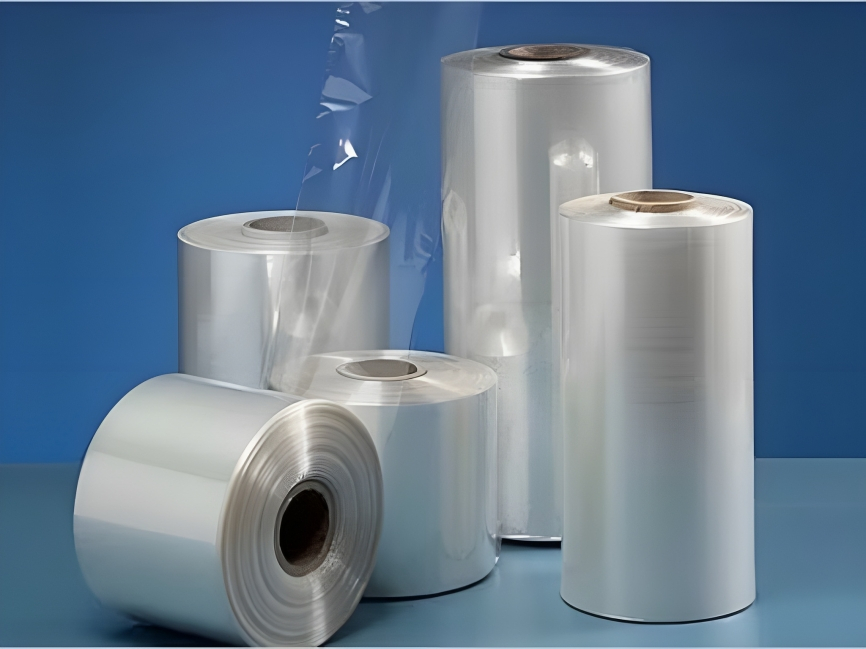Nowadays, shrink bundling is one of the most popular uses for Low-Density Polyethylene (LDPE). It is created in high-pressure reactors through the polymerization of ethylene. Film rolls are made by blowing, slitting, and winding the resin, and product makers are using these rolls more and more for a range of packaging uses. Because of its strength and flexibility, LDPE is essential for the distribution, unitizing, and preservation of packaged items in shrink bundling.
1. Film Shrink Potential
When LDPE film is manufactured, the shrinking potential surrounding a product can range from 5% to 15% in the transverse direction, or width of the film, and from 40% to 60% in the machine direction, or length of the film. When the film absorbs energy, usually in the form of heat energy, the chemical chains reorganize themselves into a more natural configuration, leading to shrinkage. The product and the film combine to form a tightly packed unit. When comparing this to unitizing and packaging products inside a corrugated box, there are extra shipping, palletizing, and handling benefits.
2. Packaging Waste Reduction
Anybody who has ever received a package understands that the box needs to be disassembled and kept somewhere until it can be disposed of appropriately. In addition to reducing the quantity of packaging required, shrink bundling and LDPE film produce less greenhouse gas emissions than other types of packaging. Furthermore, LDPE film can be gathered and recycled to make new finished goods. Product makers can use shrink film for bundling and distribution in order to minimize packaging and create a zero-waste campaign.
3. Shipping Cost Reductions
Products can be shrink-bundled in LDPE film to reduce package weight and size overall, which can save transportation expenses. Product producers discover that using a tray or pad instead of a corrugated box can save shipping expenses overall. Additionally, in certain cases, can boost pallet density. Shrink bundling gable top bags for the pet food industry is a prime illustration of this. Manufacturers can maximize pallet density by using EDL's Double-Tight Wrap shrink bundler to create a brick-like packaging.
4. Various Film Blends and Thicknesses (depending application)
Putting together To improve the original qualities, LDPE film gauge, which normally runs from 1.0 to 4.0 mils, can be combined with other chemical additives or other film materials. Rolls of film can be print-registered, opaque, clear, or randomly printed. This helps producers that want to go beyond corrugated to fulfill a certain requirement or aim.
5. Different Types of Wraps (depending on product and distribution needs)
EDL Packaging equipment can create a variety of enclosures
thanks to the flexible qualities of LDPE. The product and
distribution needs determine the type of container.
Different enclosure styles can provide aesthetically
pleasing packing (e.g., windows being transported to a big
box retailer), protect primary packaging from dust or
abrasions, control any leaks in primary packaging, or
provide evidence of tampering in addition to unitizing
packs.
Using LDPE as a packing material has several advantages.
LDPE is a useful packaging option for windows, packaged food
goods, personal care products, and many other products.
Manufacturers who want to preserve, unitize, and distribute
their products at a lower cost per pallet, improve their
visual display, and have more options when it comes to film
type, thickness, wrapping, and even printing, choose this
bundling material.


